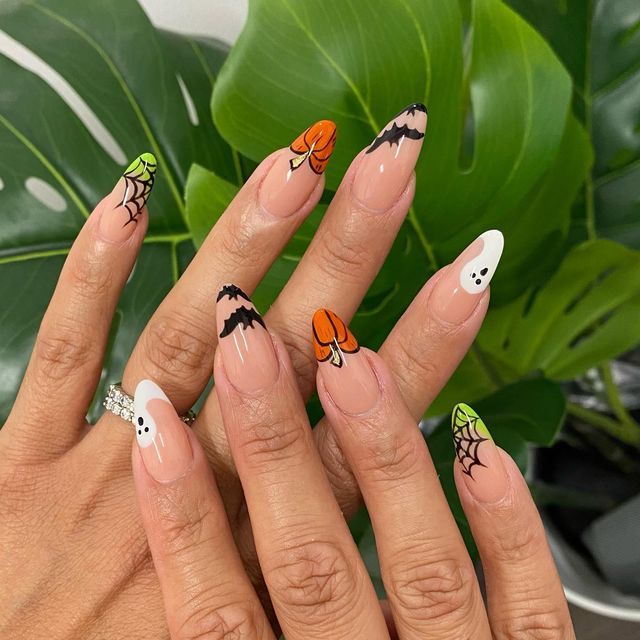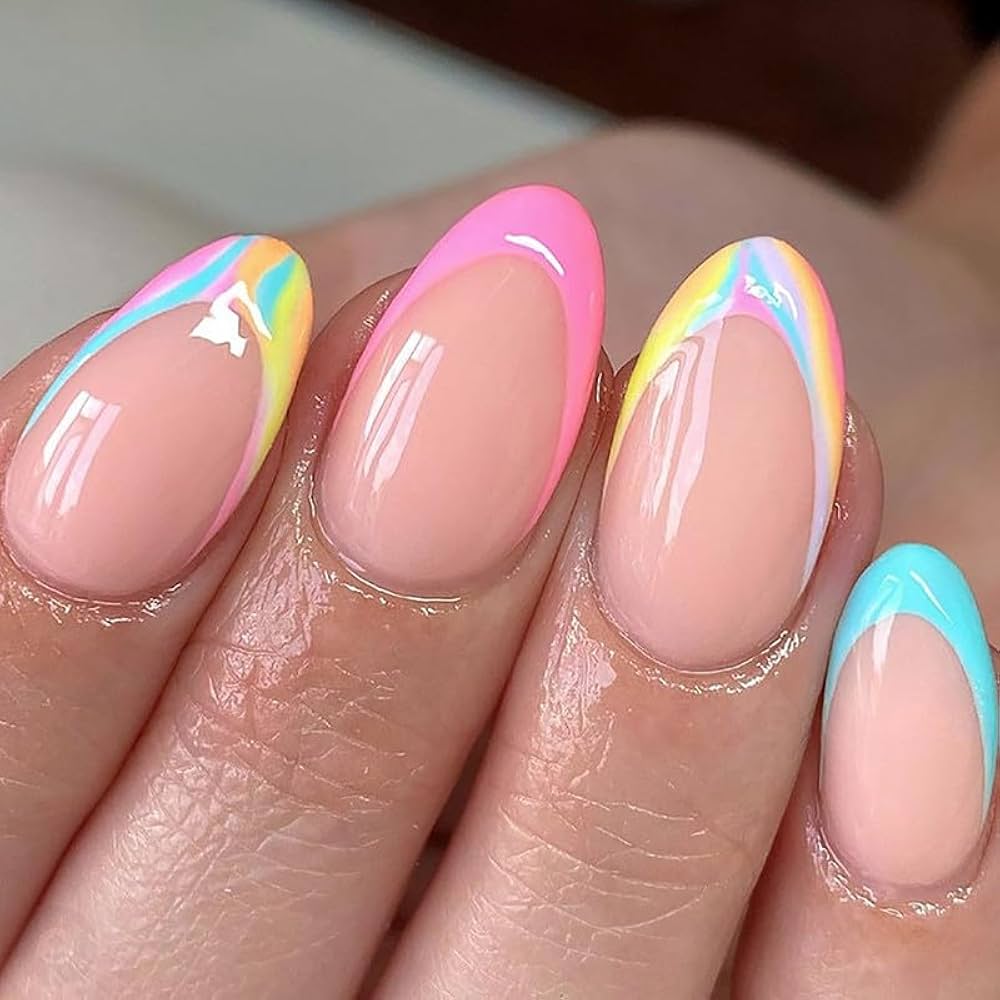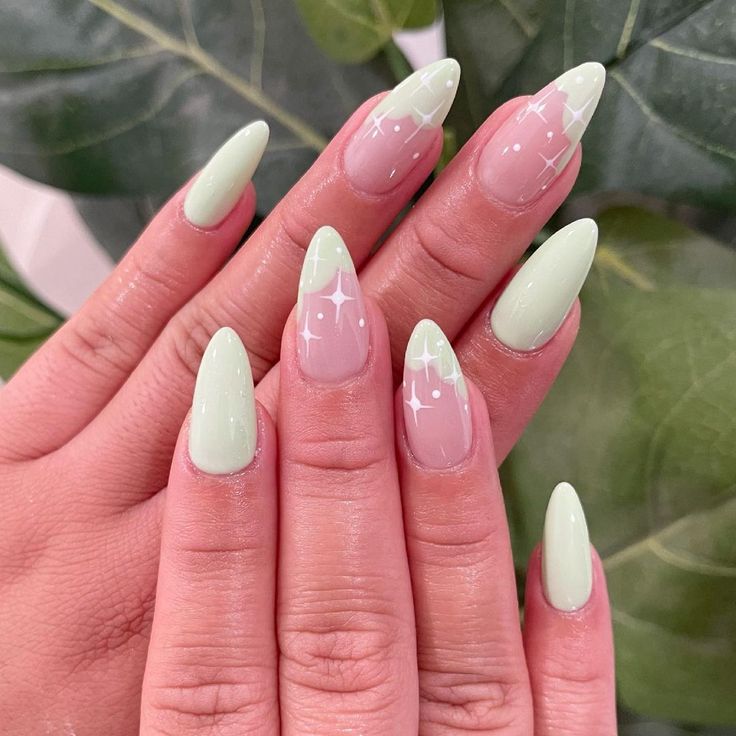
Acrylic vs. Gel Nails: The Best Fit for Fragile Tips
Gel vs. Acrylic: Which is Better for Weak Nails?
Weak nails can be a source of frustration for many. They often break, chip, or peel, making it challenging to maintain a polished look. As a solution, many individuals turn to nail enhancements like gel and acrylic. Each option boasts unique qualities and benefits. Understanding these differences is essential for anyone looking to make an informed choice.
The Case for Gel Nails
Gel nails have gained popularity in recent years. They offer a flexible finish that mimics the natural appearance of nails. The lightweight formula allows for greater movement, reducing the likelihood of breakage. Additionally, gel nails typically require a UV or LED light for curing, which can result in a smoother, glossier finish. This option might be ideal for those with weak nails, as the flexibility often leads to fewer splits and tears. Furthermore, gel nails can last two to three weeks without chipping, providing longevity while maintaining a natural look.
The Benefits of Acrylics
On the other hand, acrylic nails are renowned for their strength. Made from a combination of liquid monomer and powdered polymer, acrylics form a tough, durable coating over the natural nail. This strength can be advantageous for individuals with weak nails, as it provides an extra layer of protection. Moreover, acrylics can be shaped and filed to create various lengths and styles. However, the rigid nature of acrylics may pose a risk of breakage if not applied or maintained properly.
In conclusion, choosing between gel and acrylic for weak nails depends on individual needs and preferences. Gel nails offer flexibility and a natural appearance, while acrylic nails provide robust protection. Evaluating these factors carefully can lead to a choice that enhances both nail health and aesthetic appeal.

Understanding Gel Nails
When exploring the world of manicures, gel nails stand out. They offer a polished finish and flexibility. But, what really are gel nails?
Soft and Hard Gel Options
Gel nails come in two forms: soft and hard gels. Soft gel nails, like gel polish, need a UV or LED lamp to set. Hard gels build nail length and also require a lamp to cure.
Advantages and Disadvantages of Gel Nails
Advantages:
- Gel nails provide a natural look.
- They are more flexible than acrylics.
- Soft gels are easy to remove.
- Hard gels are great for long-term wear.
- Gel manicures generally cause less nail damage.
Disadvantages:
- Gel nails can be more costly.
- They may require more time to apply.
- Removal of hard gels can be difficult.
- Frequent UV exposure could pose skin risks.
- Gels may not last as long as acrylics.
Decoding Acrylic Nails
Let’s dive into the world of acrylics. They are a go-to for nail length and toughness.
Characteristics of Acrylic Manicures
Acrylics use a mix of liquid and powder for strong, custom-shaped nails. They are air-dried and known for their sturdiness.
Pros and Cons of Acrylic Nails
Pros:
- Acrylics are tough and long-lasting.
- They often cost less than gels.
- Acrylic fills are simple to do regularly.
Cons:
- Acrylics can be harsh on nails.
- They may feel bulky or heavy.
- They might have a strong smell when applied.
Choosing between gel and acrylics? Think about nail health and your daily needs.
Gel vs. Acrylic: Durability and Longevity
When thinking about nail enhancements, how long they last matters.
Examination of Gel Nails Lifespan
Gel nails are flexible and less apt to chip. They usually manage to last about two to three weeks. The lifespan depends on your daily routines and how you care for them. Using quality products and following proper application steps can extend their life. Remember, regular touch-ups can help maintain their look.
Assessment of Acrylic Nails Endurance
Acrylics are known for their hardiness. They can last for up to eight weeks with proper care. This includes bi-weekly in-fills and avoiding actions that may cause them to lift or break. They may feel stiffer than gel nails, but this is part of their long-lasting appeal.

Removal and Maintenance
When it comes to removing and maintaining gel and acrylic nails, each type has its own methods. Proper techniques can help extend the life of your manicure and keep your nails healthy.
Techniques for Gel Nail Removal
For gel nails, removal is simpler and less harmful. Here are the steps:
- Buff the glossy top coat to allow the remover to penetrate.
- Soak cotton pads in acetone, place on nails, and wrap with foil.
- Wait for about 10-15 minutes and then gently scrape off the gel.
- After removal, hydrate nails with cuticle oil to prevent dryness.
Remember, harsh scraping can damage the nail bed, so be gentle during the gel removal process.
Strategies for Acrylic Nail Care and Infill
Acrylic nails need care to stay strong and look good. Follow these tips for maintenance:
- Avoid water and chemicals that can cause lifting.
- File any chips or snags to prevent further damage.
- Infill every two to three weeks to maintain appearance and strength.
- After an infill, apply cuticle oil to nourish the nail area.
Acrylic infill is vital for prolonging the wear and keeping your acrylic nails looking their best.
The Verdict for Weak Nails
When comparing gel and acrylic nails for weak nails, gel is often the winner. It’s less harsh and more nurturing for fragile nails. Below, find top tips to keep delicate nails strong.
Recommendations for Maintaining Fragile Tips
- Opt for Soft Gel Nails: They’re gentle and provide added protection without excess weight.
- Use Quality Products: High-grade polishes and removers reduce damage during application and removal.
- Frequent Hydration: Apply cuticle oil daily to nourish nails and surrounding skin.
- Avoid Harsh Removal: Steer clear of aggressive filing. Gently buff and soak nails in acetone.
- Wear Gloves for Chores: Protect nails when cleaning or washing dishes to prevent moisture damage.
- Regular Maintenance: Book touch-ups every two to three weeks to keep nails in top condition.
By following these recommendations, weak nails can enjoy the beauty of manicures without compromising health.

Cost and Accessibility
When considering nail enhancements, budget and product availability are crucial factors.
Economic Comparison Between Gel and Acrylics
Gel nails generally command a higher price than acrylics. This is due to the materials used and the need for specialized equipment like UV or LED lamps. Here’s a breakdown of the costs:
- Gel Nail Products: Require a UV or LED lamp, top and base coats, and quality gel polish.
- Acrylic Nail Supplies: Often cheaper, needing acrylic powder, liquid monomer, and basic application tools.
In salons, gel manicures typically cost more because the process is more intricate and time-intensive. At-home kits for gel can also be pricier, but they provide long-term savings if you frequently do your nails. Acrylics, meanwhile, offer a more budget-friendly option upfront, both for salon visits and DIY solutions.
Accessibility plays a role too. Gel nail supplies might be readily available in some areas but scarce in others. Acrylics, having been around longer, are often easier to find both in stores and online.
It all boils down to personal preference and how much you’re willing to invest in your manicure. Remember, sometimes spending a bit more initially on gel might save you money on maintenance in the long run, while acrylics can be a good low-cost, durable solution.
Conclusion and Final Thoughts
Acrylic nails tend to be stronger than gel. They provide a durable outer layer that can protect weak nails from everyday wear and tear. However, this strength can come at a cost. Acrylics often require more filing and can sometimes damage the natural nail if not applied or removed correctly.
In contrast, gel nails offer a more flexible option. They tend to be less harsh on weak nails because they require less filing and typically use a gentler application method. This flexibility allows for more natural movement, reducing the risk of breakage.
Long-Term Health Considerations
While both options can help enhance the appearance of weak nails, it is essential to consider the long-term health of the natural nail. Gel nails are often considered more suitable for those with weaker nails due to their gentler approach. They can still provide the desired look without compromising the underlying nail health.
Additionally, gel nails typically have a shorter drying time and are less prone to lifting compared to acrylics. This means less frequent maintenance and lower chances of experiencing nail damage.
Overall Best Choice for Weak Nails
Soft gel nails stand out as the better option for weak nails. They’re less damaging and provide protection without adding weight. For durability and a natural look, gel is the winner. Remember to hydrate with cuticle oil and avoid harsh removal methods.
When maintaining the health of weak nails, it’s crucial to choose the right type of manicure. Soft gel nails are less likely to cause breakage and are easier to remove. They’re also more flexible, which reduces the risk of cracking.
While acrylics are durable and cost-effective, they can be harsh on fragile nails. Gel nails, though potentially more expensive, offer a gentler approach that benefits weak nail health in the long run.
Ultimately, choosing the right nail enhancement comes down to your needs, preferences, and nail health. For those with weak nails, investing in soft gel nails and following the recommended maintenance tips will help keep your nails strong and beautiful.


